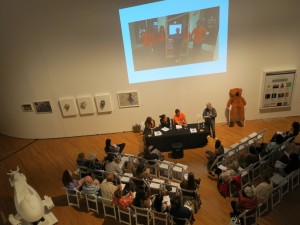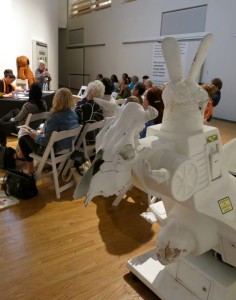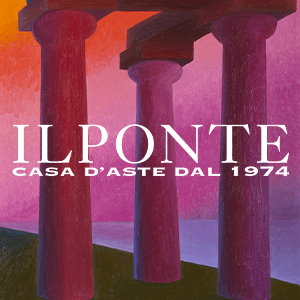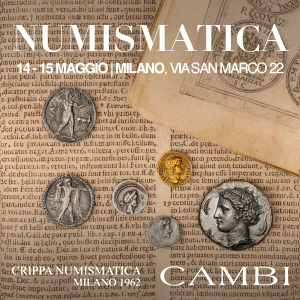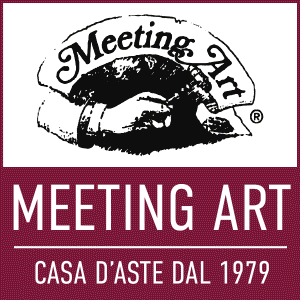Article written by Amanda Acosta
This weekend saw the end to a three days symposium born with the intention to reflect upon inclusion and exclusion in cultural and educational contexts and to construct bridges to increase tolerance and understanding in the world.
Endorsed by The International Society for Education through Art (InSEA), the Regional Conference 2015 USSEA organized at the Queens Museum has been able to host 65 events including the pop up show and art panel A Diamond Called Outsider Art. These two mentioned events have been created with the challenge to deconstruct the definition of Outsider Art holding just the intimate core of his meaning: the purity of the creative act, staying away from any other speculative approach.
What makes someone an outsider artist? How has this definition changed in the past 50 years? What is their perception in the art world establishment?
There are various ways to make sense of outsider art as a genre. Roberta Smith calls it “a somewhat vague, catchall term for self-taught artists of any kind.” Lyle Rexer defines it as “the work of people who are institutionalized or psychologically compromised according to standard clinical norms” or “created under the conditions of a massively altered state of consciousness, product of an unquiet mind.” Jerry Saltz argues it doesn’t exist at all, except as a discriminatory boundary preventing untrained artists from their rightful places in the canon.
Rebecca Hoffman, director of the Outsider Art Fair, has her own distinction. “I utilize the term ‘outsider art’ as an umbrella for a lot of different categories.”
The so-called anxiety of exclusion, the Outsider art has emerged as a successful art marketing category. Able to conquer Market, galleries, and museum, able to remain without a stable and shared definition, this art truly exists and today as never before is able to create new definitions, debates, and new – outsider? – artworks.
Curator Alessandro Berni and a panel of art authorities including artist and professor Paolo Pelosini, author Alice Wexler (USSEA president), and Christine McCollum have created a debate about the current untangling of art’s history that dominates contemporary art which has resulted in a repetitious slew of obscured iconic images while outsider art seems to develop its own canon of reference throughout its narrative, effectively producing a sort of palette cleanser from history. Outsider art speaks to a more specific community, if not the artist themselves, as opposed to the world at large. This small-scale approach inserts the artist’s experience where today the artist’s hand has been lost, inevitably reaching a broader audience by presenting work relatable to the individual viewer.
While outsider art has expanded to include a vast amount of artists, educated and not, insane and as sane as an artist can be, its origins began with Dubuffet’s promotion of the art of the innocent, outcast, and mentally insane. Further into Roberta Smith’s definition it is “conveniently artist-free; it has been made by someone who is, as the term implies, on the margins — poor, uneducated, nonwhite, mentally ill, dead or otherwise inaccessible.”
While we still marvel at the yarn wrappings of an obscured mind, the overabundance of self-proclaimed art content available on social media platforms today has created an ever-expanding pool of what inevitably could be termed, contemporary outsider art. Peering digitally, a majority of users create website specific art worlds, only accessible to others on said platform, redefining and broadening the inaccessibility so often associated with outsider art.
Within the digital age, we’re continuously approaching interconnected isolation, producing a new “anxiety of exclusion” that breeds a new category if not completely splits itself from outsider art. Much like “black art”, “feminist art”, and the like the terming of such categories arises from an outsider to circumstance, undermining its own credibility once the majority begins to speak on behalf of the minority. In this sense, while we continue to rework and redefine the connotations the grouping has drawn, the art world has long accepted it as a term, making its erasure distant, if at all, in sight.







